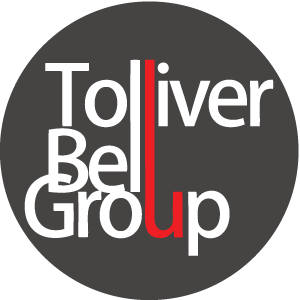
25 Nov 15 Ways to Boost Your Google Ranking To The Top
Having trouble getting your small business site to rank in the search engines? Not even sure where to start? This post will provide you with 15 simple web hacks that your to ensure your site is properly optimized and starts ranking as soon as possible. Although I have said “Simple Web Hacks” I do understand that some of these require a little more web based knowledge than others so I have labled each on the list under 3 selections:
1.Beginner
2.Novice
3.Amateur
1. Write long-form content. (Beginner)
There is a correlation between longer content (2000+ words) and high rankings. Think about topics that are particularly relevant to your target audience, then create in-depth blog posts that cover every angle of that subject. Several studies have been done on how long your content should be to rank. All have show that to rank in the top 10 pages of Google, you should have at least 1100+ words on the page.
2. Upload a sitemap for Google. (Amateur)
An XML sitemap shows Google exactly what’s on your site. You can easily create and upload one to your site using XML Sitemap Generator.
3. Make sure you’re using 301 redirects, not 302s. (Amateur)
301s indicate that your content has permanently moved, and that all SEO “juice” and rankings should be redistributed to the new page.
4. Don’t inadvertently block Google from accessing your site. (Amateur)
If you’re not receiving any search traffic, check the section of your site and look for something like this: . Also look through your robots.txt file for something like this:
User-agent: *
Disallow: /
Both of these directives tell the search engines not to crawl or index your site. All the SEO hacks in the world won’t help until you remove these.
Related: Don’t Be a Content Marketing Dinosaur — 5 Must-Haves to Stay Current
5. Optimize for mobile. (Beginner)
Google’s Mobile-Friendly tool can help with this. If your site isn’t mobile-friendly, you’ll need to switch to a responsive design, mobile app or dedicated mobile site. If you’re using WordPress, you can install the plugin WPTouch to automatically switch to a mobile theme for your mobile visitors.
6. Your site needs to load quickly on all devices.(Amateur)
Use Google’s PageSpeed Insights to see how quickly your site’s main pages load. If you find they’re taking too long, here is a list of 10 ways to speed up your site.
7. Use descriptive URLs. (Beginner)
Your URLs should always be static and should use descriptive keywords, not just random letters or numbers (such as you’d find with dynamic URLs). Example www.yourdomain.com/descriptivekywords
8. Use a .com domain if possible. (Beginner)
According to Searchmetrics; 84% of top-ranking pages use .com as their top-level domain (TLD). Don’t worry too much about using your keywords in your domain name; using your URL for branding purposes is much more important.
9. Use internal linking to refer users and search engines to related products or content. (Novice)
Don’t worry about artificially incorporating keyword-rich anchor text to rank for specific keywords. Instead, focus on using natural anchor text that would make the most sense to your readers.
10. Keep your most important content on your root domain. (Amateur)
Most top-ranking pages sit on a site’s root domain, rather than on a subdomain.
11. Title tags still matter. (Beginner)
Ensure each page of your site uses a unique, descriptive title tag to tell users and the search engines what the page is about. Consult the HTML Improvements report in your Google Webmaster account to see if there are any potential issues with your site’s title tags.
12. Use schema.org to show rich snippets in search. (Amateur)
By adding this markup to your site, you give Google a better sense of what your site is about, and ensure rich snippets are displayed alongside your site in the search results. Here is a great overview of what rich snippets are and how to use them.
13. Write a blog. (Beginner)
Having a basic business website is great, but regularly adding unique, relevant content to a blog on your site will give you the best chance of attracting search traffic. Find out what topics your prospects and customers are interested in, and write long-form content that addresses these issues. If at all possible, keep your blog on your business site’s root domain (e.g., www.yoursite.com/blog) rather than on a separate domain.
14. Find and use relevant keywords. (Beginner)
Keywords don’t hold the same level of importance they did even a few years ago. That said, keyword research is still a good way to find popular, relevant topics to include on your site.
15. Content marketing is key to search rankings.
Creating and distributing high-quality content via your blog (see #13), social media and email list is the key to achieving and sustaining high rankings, building trust with your prospects and ultimately, for increasing sales. Instead of focusing exclusively on optimizing your content for the search engines, take a holistic approach to create and promote excellent, well-researched content that both the search engines and your readers will love.
Credit: John Rampton





Sorry, the comment form is closed at this time.